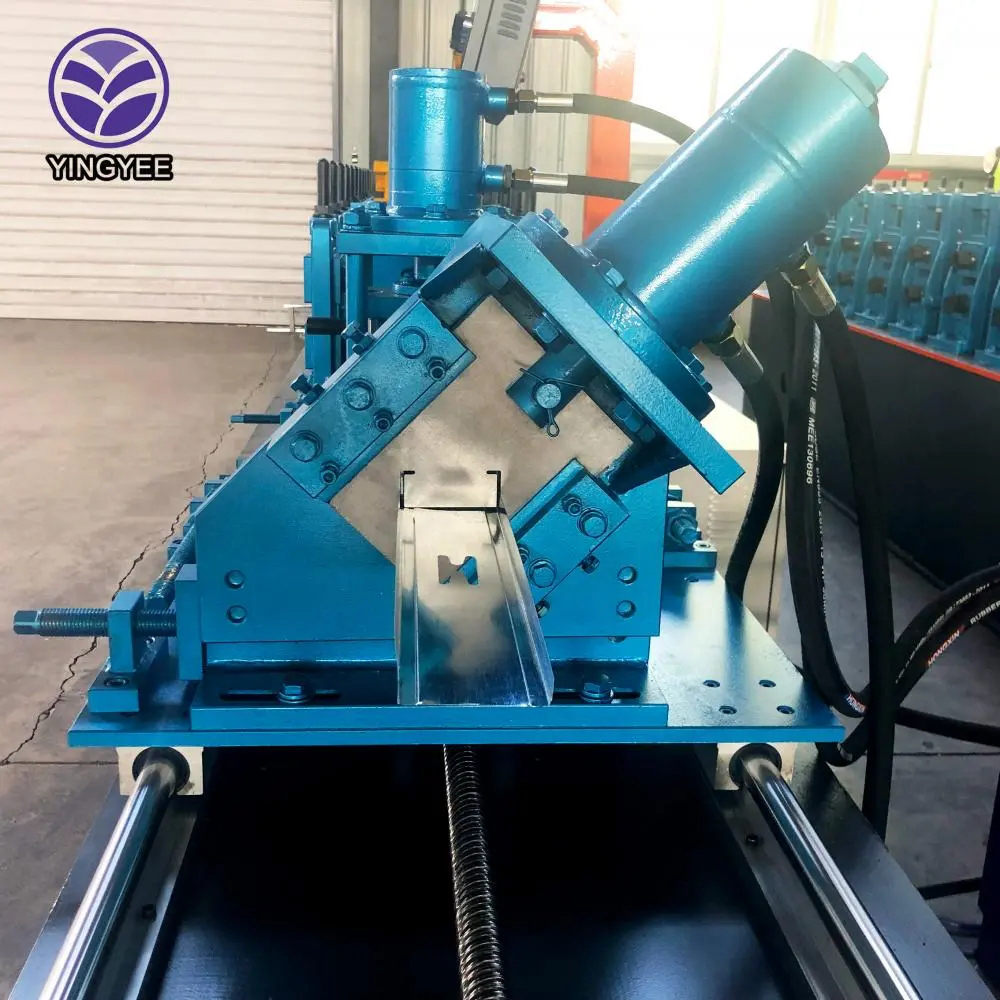
Coil Cutting to Length An Essential Process in Metal Fabrication
Coil cutting to length is a pivotal process in the metal fabrication industry that involves cutting long coils of material into specific lengths required for various applications. This operation is crucial for producing flat metal sheets tailored to the specifications of manufacturers in diverse sectors, including automotive, construction, and appliances.
The basic principle of coil cutting to length is straightforward. Large coils of metal, often steel or aluminum, are unwound, fed through a cutting system, and then sliced into manageable lengths. The process utilizes sophisticated machinery that ensures precision and consistency, which are critical for meeting the stringent quality standards of today’s manufacturing processes. Advanced systems often incorporate electronic controls and sensors to optimize cutting operations, monitor the material's thickness, and maintain the desired tolerances.
One of the primary advantages of coil cutting to length is its efficiency. By processing large rolls of material, manufacturers can reduce waste and enhance productivity. This method minimizes the number of handling and processing steps, leading to faster turnaround times for production runs. As industries demand quicker delivery of materials to meet the fast-paced market needs, the ability to cut coils to length with speed and accuracy becomes a competitive advantage.

Moreover, coil cutting to length allows for significant flexibility. It enables manufacturers to produce a variety of sheet sizes from a single coil, catering to the diverse requirements of various projects. This adaptability helps businesses lower inventory costs and better respond to customer demands, as they can produce specific lengths and widths as needed rather than relying on pre-cut sheets.
In addition to its practical benefits, coil cutting to length also plays a role in sustainability efforts within the metalworking industry. By maximizing material utilization and reducing scrap, this process contributes to more environmentally friendly manufacturing practices. Companies can align their operations with sustainability goals, reducing their carbon footprints while maintaining operational efficiency.
In conclusion, coil cutting to length is a crucial operation in metal fabrication that enhances efficiency, flexibility, and sustainability. As technology continues to advance, the processes and equipment used in cutting coils are likely to evolve, further improving productivity and precision. For manufacturers looking to stay ahead in a competitive landscape, mastering the coil cutting to length process is essential for meeting market demands and driving innovation in production methodologies.